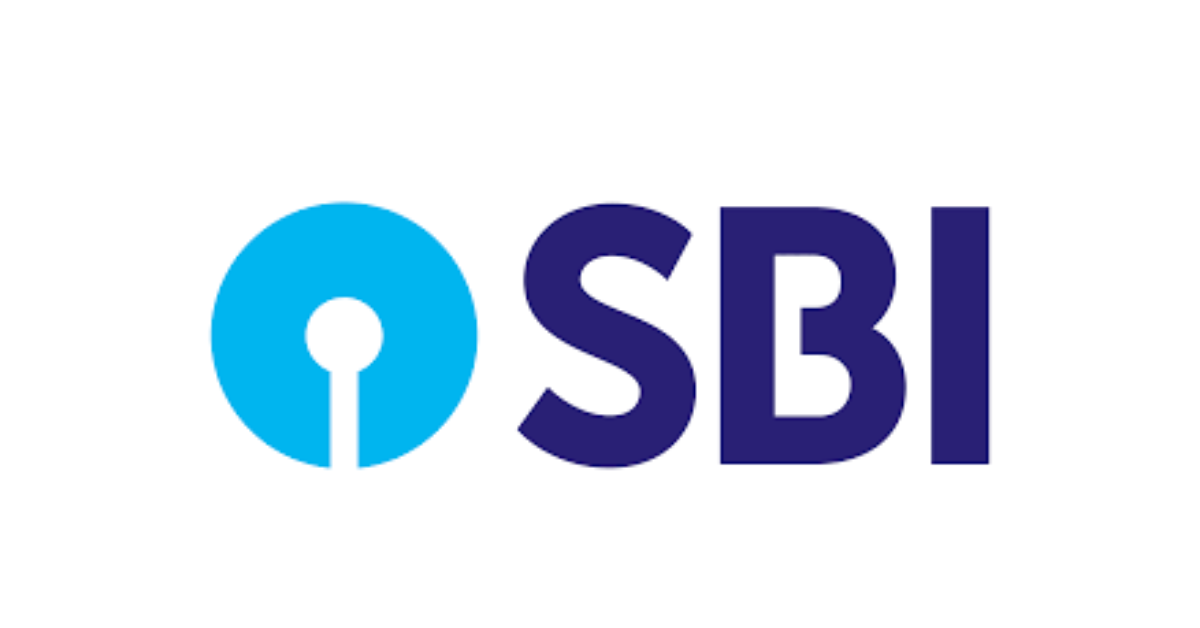State Bank of India Net Worth in Rupees: The Colossal Worth of India’s Banking Giant
Imagine an institution so large that its total value exceeds the GDP of entire nations. That’s the State Bank of India (SBI) for you – not just a bank, but a financial behemoth that forms the backbone of India’s economy. But have you ever wondered exactly how much this banking giant is worth in rupees? Let’s peel back the layers of India’s largest bank to understand its staggering net worth, how it built this financial empire, and what this means for everyday Indians like you and me.
The State Bank of India: More Than Just a Bank
Before we dive into the numbers, let’s understand what makes SBI special. Established in 1806 as the Bank of Calcutta (yes, it’s that old!), SBI has grown to become:
- India’s largest public sector bank
- A Fortune 500 company
- Present in 32 countries with over 22,000 branches
- Serving more than 48 crore customers (that’s about 35% of India’s population!)
From helping farmers get loans to financing mega infrastructure projects, SBI touches almost every aspect of India’s economic life. But what’s the actual financial muscle behind this institution?
SBI’s Net Worth in Rupees: The Jaw-Dropping Numbers
As of March 2023, State Bank of India’s total net worth stands at a staggering ₹4.23 lakh crore. To put this in perspective:
- It’s more than the GDP of countries like Uruguay or Croatia
- You could buy 84,600 crore plates of vada pav (at ₹5 each) with this amount
- It’s equivalent to about 5% of India’s annual Union Budget
But net worth isn’t the only impressive figure. Let’s look at SBI’s complete financial profile:
| Financial Metric | Amount (in ₹ crore) |
|---|---|
| Total Assets | 52,00,000 |
| Market Capitalization | 5,10,000 |
| Annual Profit (FY23) | 50,232 |
| Deposits | 40,00,000 |
| Loans | 30,00,000 |
How SBI Built Its Financial Empire
1. The Power of Scale and Reach
SBI’s network is mind-boggling:
- 22,405 branches (including 14,119 rural branches)
- 62,617 ATMs across India
- 233 overseas offices
This unparalleled reach gives SBI tremendous deposit-gathering power – the fuel that powers its lending engine.
2. Diversified Business Model
Unlike smaller banks, SBI operates in almost every financial segment:
- Retail banking (your savings accounts and home loans)
- Corporate banking (big business loans)
- Investment banking
- Insurance (through SBI Life)
- Credit cards
- Mutual funds
This diversification acts as a safety net – when one segment slows down, others can pick up the slack.
3. Government Backing with Operational Freedom
While SBI is majority-owned by the Indian government (57.6% stake), it operates with considerable autonomy. This unique position allows it to:
- Enjoy public trust (many Indians still prefer “sarkari” banks)
- Take calculated risks like private banks
- Access low-cost deposits through its vast branch network
4. Digital Transformation
Under Chairman Dinesh Khara’s leadership, SBI has aggressively embraced technology:
- YONO app with 5.7 crore users
- 76% of transactions now digital
- AI-powered customer service
This tech push has helped SBI compete with nimble private banks while maintaining its scale advantage.
Breaking Down SBI’s Net Worth Components
Net worth isn’t just cash in a vault. For SBI, it’s a combination of:
- Paid-up Capital: ₹892 crore
- Reserves and Surplus: ₹3.34 lakh crore
- Statutory reserves
- Capital reserves
- Revenue reserves
- Minority Interest: ₹1,200 crore
- Other Equity: ₹89,000 crore
What’s fascinating is how SBI’s net worth has grown over time:
Year | Net Worth (₹ crore)
2018 | 2.10 lakh
2020 | 2.85 lakh
2022 | 3.76 lakh
2023 | 4.23 lakh
This steady growth reflects SBI’s resilience even during challenging times like the COVID-19 pandemic.
What ₹4.23 Lakh Crore Can Do
To truly appreciate SBI’s net worth, consider what this amount could accomplish:
- Build 8,460 km of metro rail (at ₹500 crore/km)
- Fund 14 lakh affordable homes (at ₹30 lakh each)
- Provide 1 crore scholarships of ₹4.23 lakh each
- Buy 1.41 crore iPhone 15 Pro (at ₹3 lakh each)
Yet, SBI’s real value isn’t in these hypothetical scenarios – it’s in how this financial strength benefits everyday Indians.
How SBI’s Financial Might Impacts You
- Lower Interest Rates: Massive deposits allow SBI to offer competitive rates on home/car loans
- Financial Inclusion: Profits fund rural branches serving unbanked populations
- Economic Stability: SBI’s size makes it “too big to fail”, ensuring system stability
- Innovation: Financial strength funds digital initiatives benefiting all customers
As banking expert Prof. R.K. Uppal notes: “SBI’s net worth isn’t just a number – it’s a national asset that underpins India’s financial system. When SBI sneezes, the entire banking sector catches a cold.”
Challenges Ahead
Despite its strengths, SBI faces significant challenges:
- Bad Loans: Gross NPA ratio at 3.14% (₹1 lakh crore) requires constant vigilance
- Competition: Private banks and fintechs eating into market share
- Bureaucracy: Government ownership sometimes slows decision-making
- Tech Debt: Legacy systems need expensive modernization
The Road Ahead
SBI aims to grow its net worth to ₹6 lakh crore by 2025 through:
- Focus on retail loans (safer than corporate lending)
- Expanding digital banking services
- Strategic overseas expansion
- Containing NPAs through better risk management
As Chairman Khara stated recently: “Our vision is to make SBI not just India’s largest bank, but its most valuable financial institution
